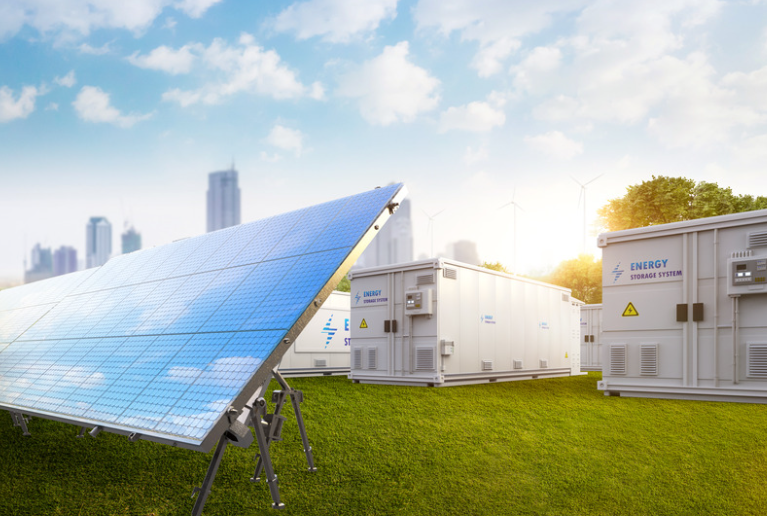As cities worldwide grapple with energy security and sustainability challenges, innovative solutions such as off-grid smart city designs incorporating renewable energy have gained traction. A recent study published in the International Journal of Hydrogen Energy sheds light on an integrated energy system for a pilot region of 8,500 households, combining solar tower technology with dual storage solutions.
This design utilizes solar energy harvesting, a steam Rankine cycle for energy conversion, and energy storage systems that use molten salt and hydrogen. The detailed analysis demonstrates thermal efficiencies of up to 49% during hydrogen production months, while consumption periods maintain a 27.5% efficiency rate. The significant reduction in CO2 emissions, with approximately 8.3 million tons prevented annually, underscores the system’s potential contribution to decarbonization efforts.
Fossil fuel-based energy sources, long the mainstay of global energy supply, are increasingly recognized as untenable due to their environmental impact and finite nature. Over the past two decades, data indicates a decline in fossil fuel usage and a commensurate rise in renewable energy adoption, particularly solar and wind. Off-grid energy systems have emerged as a viable solution in this context, offering potential solutions to energy challenges by operating independently of traditional grids and utilizing local renewable resources. Despite their theoretical abundance, integration into existing power grids presents numerous challenges, including technical complexities and regulatory barriers.
The promising future of off-grid systems lies in their ability to enable development within remote communities. Currently, around 770 million people globally lack access to electricity, with off-grid systems providing essential services through decentralization. By supporting households, schools, and healthcare facilities, decentralized energy fosters economic growth and reduces dependency on polluting fuels, further reinforcing environmental sustainability.
Urban applications of off-grid energy systems, especially in the form of hybrid renewable solutions, have also shown promise. Advances in PV and wind technology, as demonstrated by Tjahjana et al., point to the potential of integrating photovoltaic wind turbine microgrids to enhance urban energy reliability. Off-grid systems excel in resilience, maintaining power during natural disasters, thus supporting critical services and public safety during emergencies.
The study leveraged a simulation methodology to design and optimize the proposed city’s energy needs. The selection of a solar tower as the primary energy source for Gaziantep’s Araban district is strategic, aligning with high solar irradiation levels and the region’s energy accessibility needs. Monthly energy demands were meticulously calculated based on meteorological data, ensuring a tailored fit for the local climatic conditions.
Results indicate successful seasonal energy management and stable system operation, evidenced by coordinated flows within the molten salt and steam Rankine cycle systems. Scalability was a key focus, with the system evaluated across various load scenarios to guarantee adaptability and reliability, especially under fluctuating demand and different climatic conditions.
Stay updated on the latest in energy! Follow us on LinkedIn, Facebook, and X for real-time news and insights. Don’t miss out on exclusive interviews and webinars—subscribe to our YouTube channel today! Join our community and be part of the conversation shaping the future of energy.
